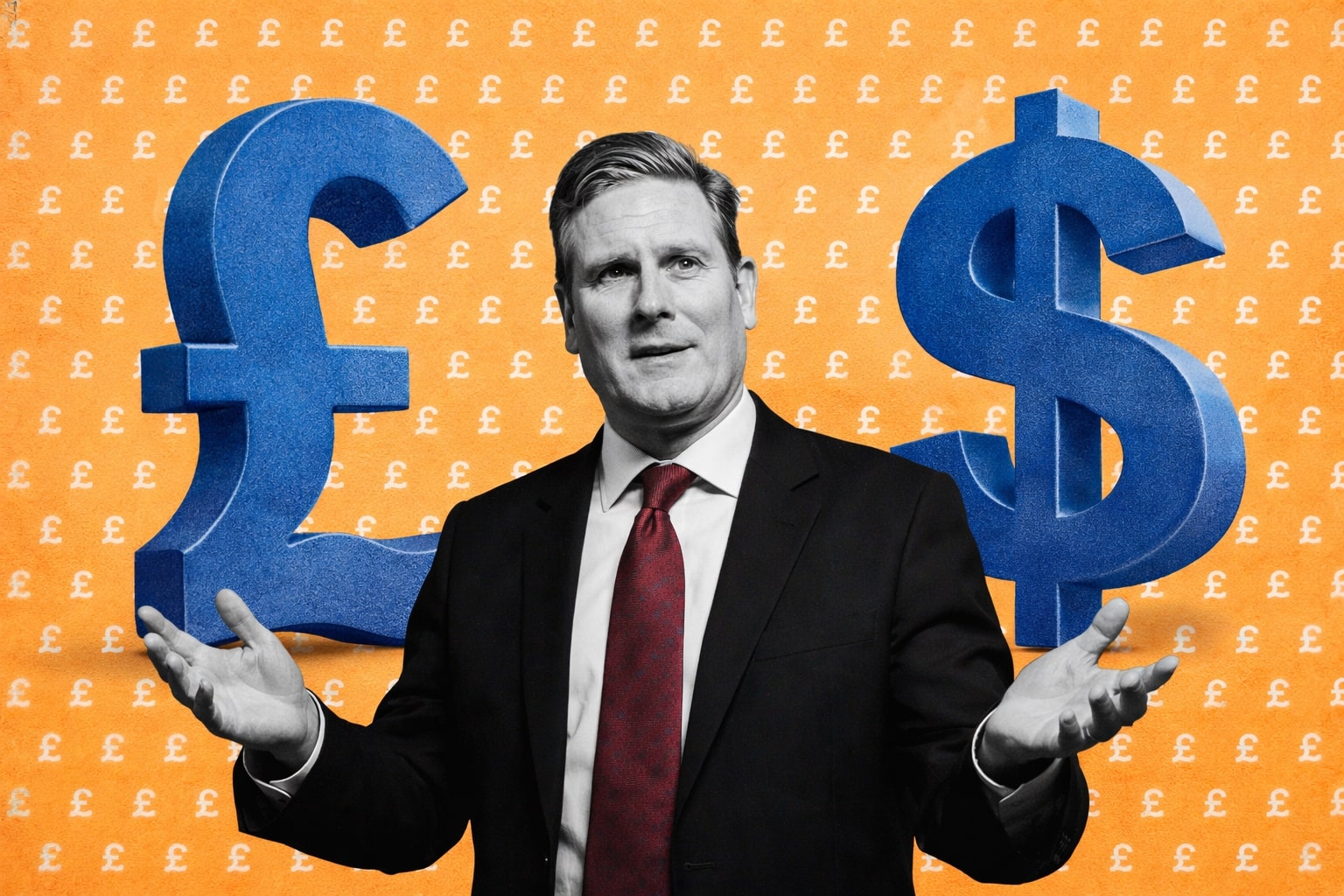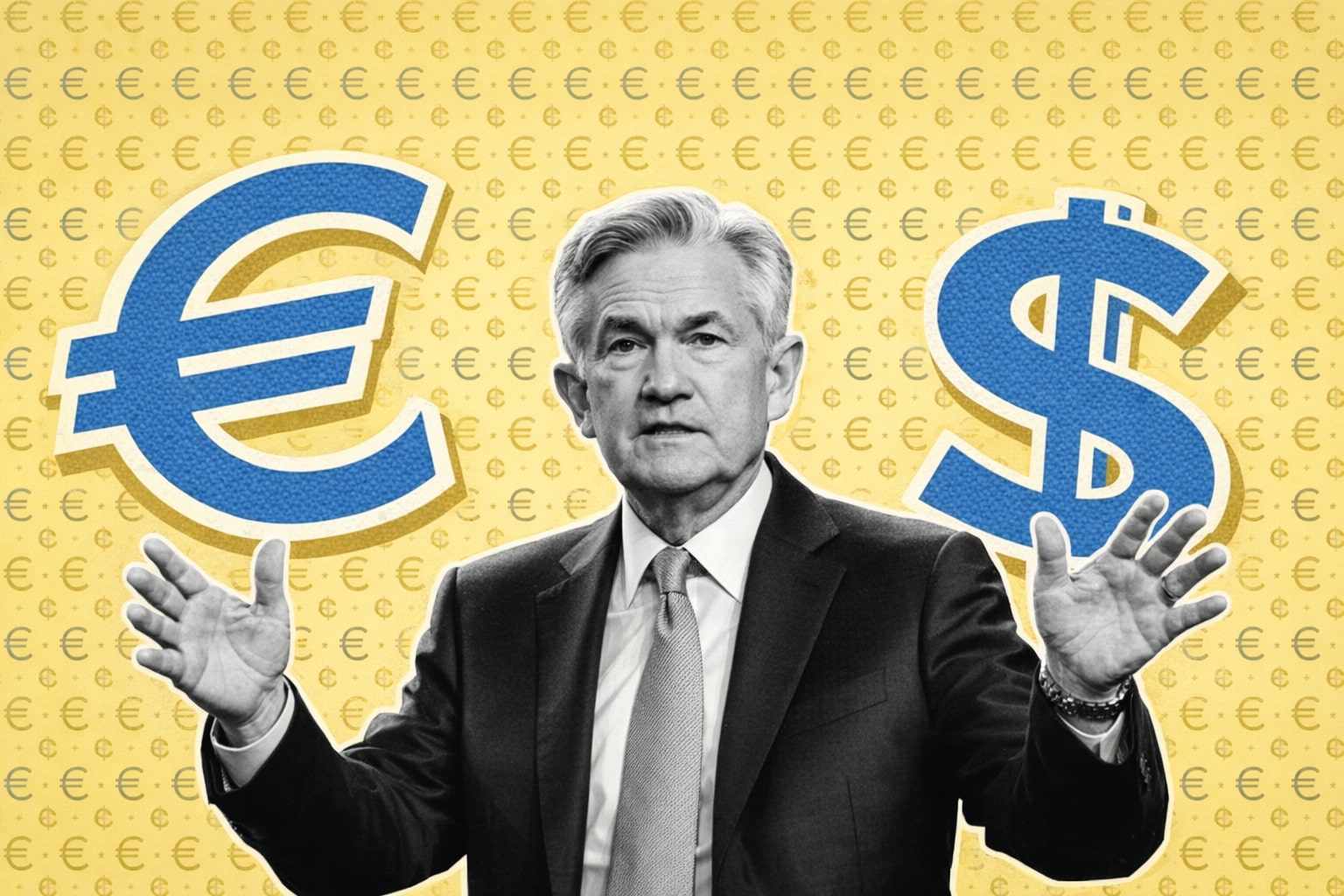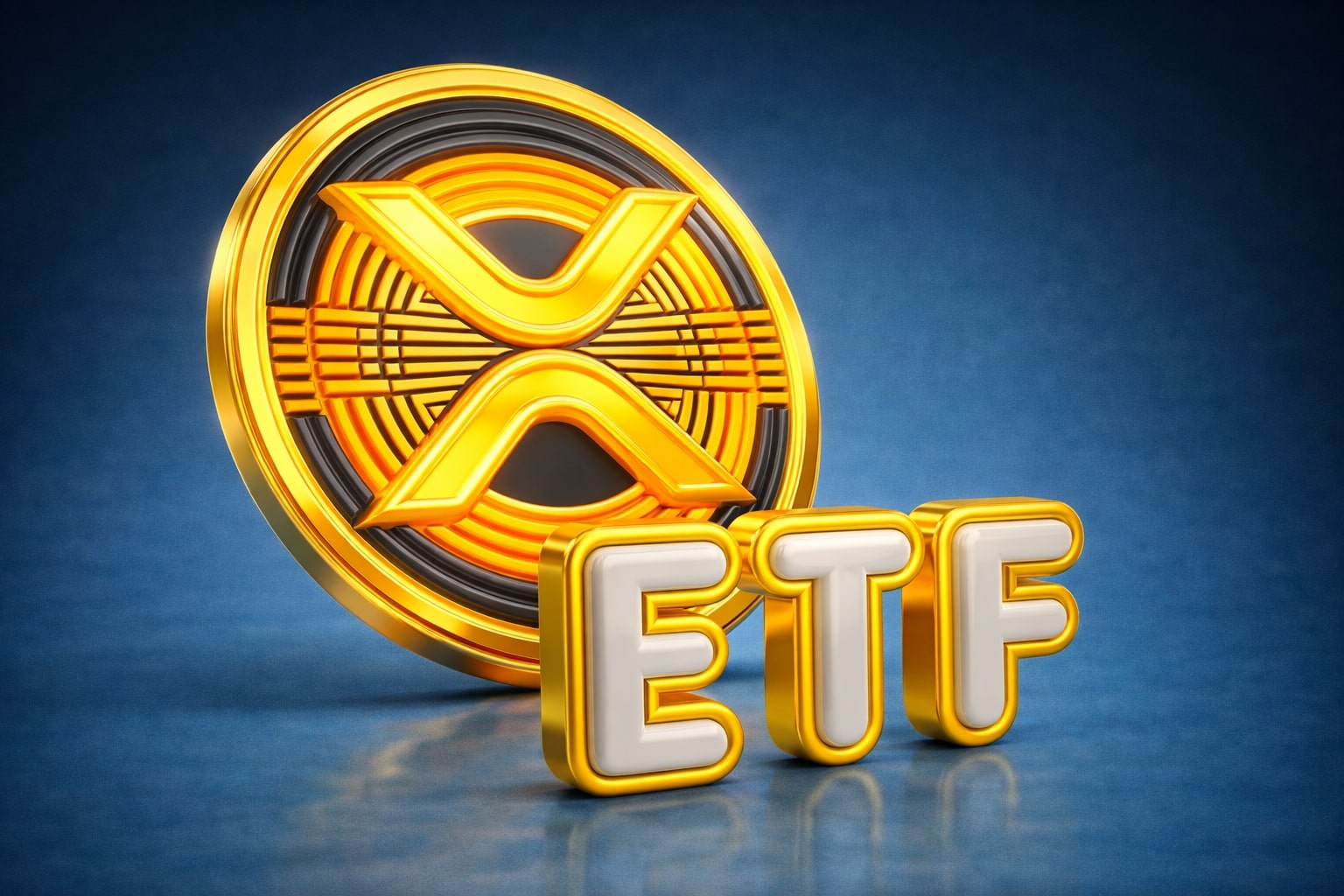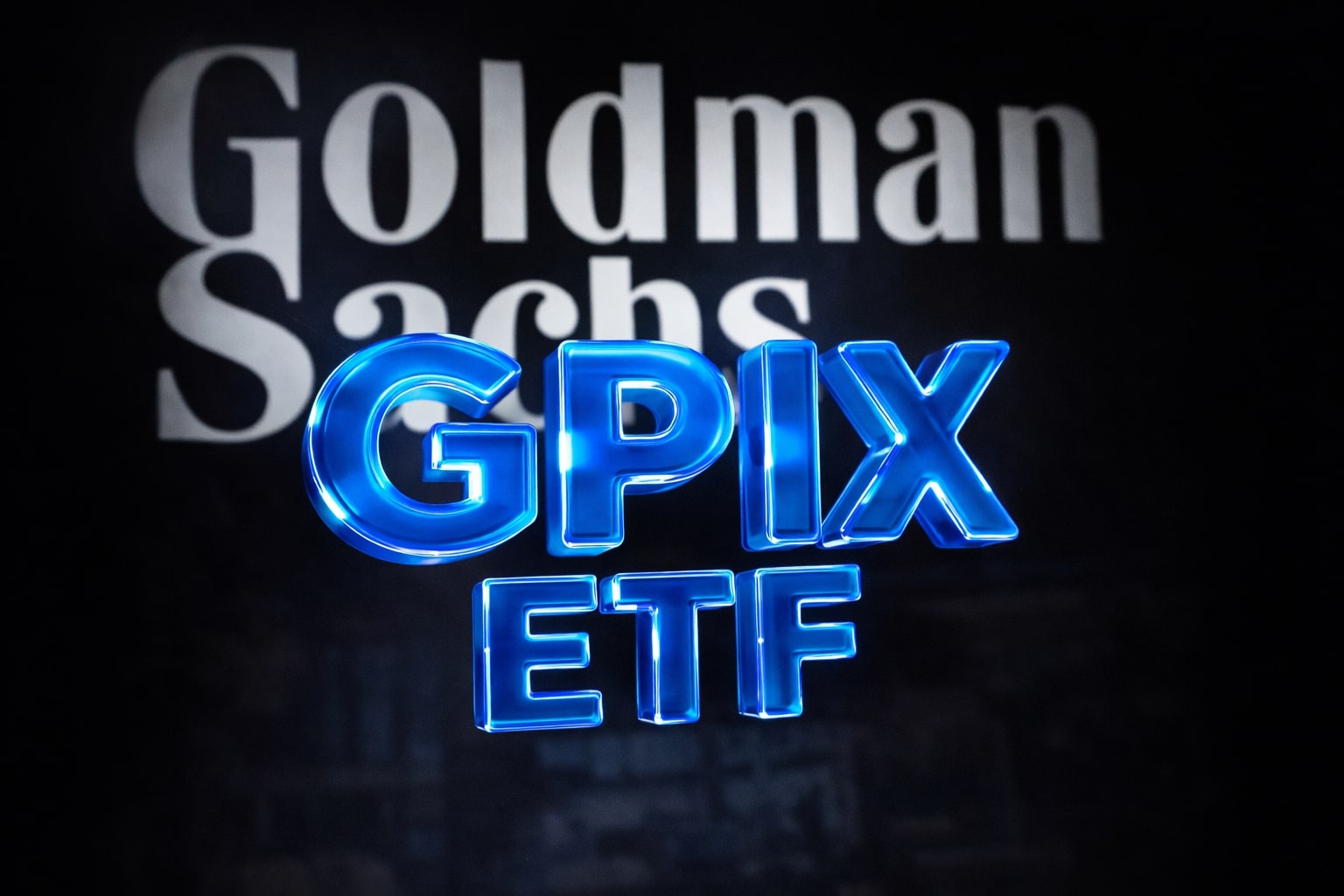
EUR/USD Braces for Breakout Amid Fed Rate Cut Signals and Eurozone Inflation Slowdown
With Fed Chair Powell hinting at more rate cuts and Eurozone inflation hitting new lows, EUR/USD is primed for a dramatic move. Will it push past the 1.1200 resistance or tumble back toward 1.1000? Major economic reports are on deck! | That's TradingNEWS
EUR/USD at a Crossroads: Will Bulls or Bears Take Control?
Dovish Fed Outlook vs. Eurozone Inflation Decline Shapes Market Sentiment
The EUR/USD (EURUSD) currency pair has been navigating a complex environment of geopolitical uncertainty, dovish Federal Reserve outlooks, and fluctuating economic indicators from both the Eurozone and the United States. Over the past weeks, traders and investors have closely watched the evolving dynamics between these two global currencies, with each central bank sending conflicting signals. Let's break down the factors currently influencing EUR/USD and assess whether the pair is positioned for bullish growth or a bearish pullback.
Fed’s Rate Cuts and the Dollar’s Struggle
One of the most significant drivers of recent EUR/USD movement has been the U.S. Federal Reserve's decision to cut interest rates by 50 basis points (bps). This aggressive move toward monetary easing created initial bearish pressure on the U.S. Dollar (USD). Markets interpreted the cut as a signal of more dovish policies to come, leading to the USD dropping to fresh yearly lows.
Yet, despite the dollar's bearish momentum, selling pressure has unexpectedly stalled. Even with multiple dovish comments from Fed officials, including Fed Chair Jerome Powell hinting at additional rate cuts, EUR/USD has failed to break out convincingly above the key 1.1200 level. This points to possible exhaustion in the pair's bullish momentum, even as the Fed signals a continued loosening of monetary policy.
With Powell’s recent remarks that further large rate cuts are unlikely unless there’s a significant downturn in economic data, some traders have reconsidered their expectations for a 50-bps cut in November, putting further pressure on EUR/USD.
Eurozone Inflation and ECB Rate Moves
The European Central Bank (ECB) has been another key player in determining EUR/USD’s trajectory. Eurozone inflation data released in late September showed inflation dropping more than expected. With the Harmonized Index of Consumer Prices (HICP) falling from 2.2% to an expected 1.9% year-on-year in September, markets have recalibrated their expectations for the ECB’s policy path.
Despite a pause in the ECB’s rate-cutting cycle earlier in the year, inflation across the Eurozone has continued to ease, with Germany’s inflation figures particularly standing out. This decline has led to speculation that the ECB might cut rates further in October and December. With core inflation easing, the central bank faces pressure to ensure economic stability while balancing inflation control.
This softer inflation outlook contributed to brief strength in the euro, particularly after German inflation figures came in better than expected. Yet, despite this data-driven boost, EUR/USD remains constrained below the 1.1200 handle, unable to gather enough bullish momentum to drive higher.
Key Levels Holding EUR/USD in Check
EUR/USD’s price action has become increasingly range-bound as the pair cycles around key levels. Despite multiple attempts to break above 1.1200, a strong resistance zone dating back to August 2023, bulls have been unable to sustain higher prices.
On the downside, the 1.1000 level has acted as a psychological barrier and major support zone. Bulls successfully defended this level in September, preventing a more significant pullback. The pair’s inability to break decisively either above 1.1200 or below 1.1000 highlights the current stalemate between EUR/USD buyers and sellers.
Technical indicators, such as the 50-day Exponential Moving Average (EMA), suggest a bullish bias remains in play. However, with EUR/USD repeatedly stalling at resistance, this uptrend could face further challenges, particularly if upcoming economic data disappoints.
Upcoming Events: Nonfarm Payrolls and Inflation Data
Several critical data releases are poised to shape EUR/USD in the coming days. The U.S. Nonfarm Payrolls (NFP) report, due on Friday, is expected to provide further clarity on the health of the U.S. labor market. Analysts predict a slight increase in job growth for September, though the unemployment rate could remain steady at 4.2%. A weaker-than-expected jobs report could increase the likelihood of further Fed rate cuts, which would likely benefit EUR/USD bulls.
Conversely, stronger job data could bolster the USD, limiting EUR/USD’s upside potential. The market will also closely monitor inflation data from both the Eurozone and the U.S. as these indicators are likely to influence central bank policy decisions in the final months of the year.
Technical Outlook: Bulls vs. Bears – What’s Next?
Technically, EUR/USD remains trapped in a near-term consolidation pattern. Bulls have defended support near 1.1000, while bears have successfully capped rallies near 1.1200. The 50-day EMA is currently providing downside support around 1.1050, reinforcing the bullish trendline from the September lows.
However, the Relative Strength Index (RSI) is flashing mixed signals. While it remains above 50, indicating bullish momentum, there are signs of bearish divergence developing. If this divergence plays out, we could see EUR/USD break lower from its current consolidation zone.
On the upside, a sustained break above 1.1200 could trigger further gains, with potential targets at 1.1255 and 1.1300. Conversely, if bears take control and push the pair below 1.1100, the next major test would be the 1.1000 support level. A break below this level could signal a deeper correction, with 1.0950 and 1.0900 as key downside targets.
Investor Sentiment and Positioning
Sentiment among EUR/USD traders has been cautious, with many awaiting further clarity on the central bank’s next moves. The recent stall in bullish momentum suggests that market participants may be reluctant to push EUR/USD higher until more concrete data emerges, particularly from the U.S. side.
As of now, large institutional players remain net long on EUR/USD, though positioning has shifted slightly toward neutral as traders assess the near-term risks. Should upcoming data surprise to the upside for either the U.S. or Eurozone, we could see a rapid shift in positioning and sentiment.
Conclusion: A Waiting Game for EUR/USD
In the battle between bulls and bears, EUR/USD remains at a crossroads. The pair is tightly constrained between 1.1000 and 1.1200, with no clear breakout in sight. As markets await key economic data, including the U.S. NFP report and Eurozone inflation figures, EUR/USD traders are likely to remain cautious.
For now, the pair's near-term outlook depends on how central bank policy expectations evolve and whether upcoming data provides a catalyst for a breakout or further consolidation. Investors should remain vigilant, as any shifts in sentiment could trigger sharp moves in this heavily traded currency pair. Whether EUR/USD breaks higher or lower, the next few weeks will be critical in determining its longer-term trajectory.
That's TradingNEWS
Read More
-
GPIX ETF Climbs to $52.54 as 8% Yield Turns S&P 500 Volatility Into Income
02.01.2026 · TradingNEWS ArchiveStocks
-
XRP ETF Rally: XRPI $11.54, XRPR $16.35 And XRP-USD At $1.99 Aim For A $5–$8 Cycle
02.01.2026 · TradingNEWS ArchiveCrypto
-
Natural Gas Price Forecast: NG=F Tests $3.50–$3.60 Floor Before LNG Wave
02.01.2026 · TradingNEWS ArchiveCommodities
-
USD/JPY Price Forecast - USDJPY=X Holds Near 157 as BoJ Caution and Fed Cut Bets Drive the Move
02.01.2026 · TradingNEWS ArchiveForex



















